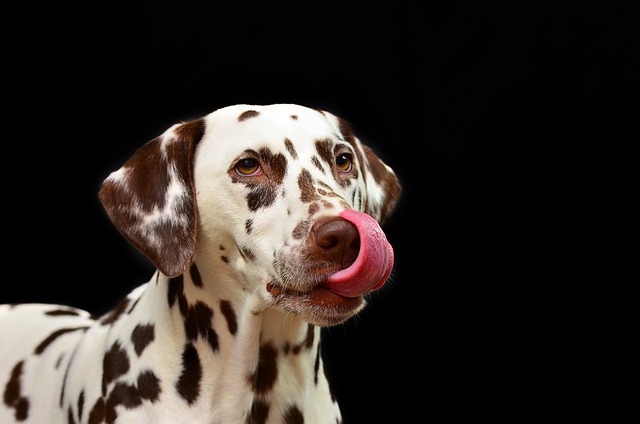
How can I tell if my dog's heatstroke is serious
Let’s be real: It’s a sticky August morning in Los Angeles, and you took your 2-year-old Golden Retriever, Max, for a walk a little later than usual
You’re chopping sweet potatoes for dinner when your German Shepherd, Duke, stares at you with those soulful eyes. You wonder: Could homemade meals solve his dull coat and energy slumps? But Googling "dog nutrition" feels like falling down a rabbit hole of conflicting advice. Creating truly balanced dog food isn’t about fancy recipes—it’s science-backed precision. Let’s simplify it without compromising safety.
Dogs need 40+ essential nutrients daily, but proportions vary wildly by age, breed, and activity. A sprinting Border Collie in Colorado needs 50% more calories than your couch-loving Bulldog in Florida. Proteins build muscles (aim for 18-25% of diet), fats fuel energy (10-15%), while carbs like brown rice offer fiber. Crucially, calcium-to-phosphorus ratios must hit 1.2:1 to prevent bone disease—this is where most DIY diets fail. Never guess measurements; use online tools like the NRC Nutrient Calculator or consult a veterinary nutritionist (find certified pros at ACVN.org).
Start with professional guidance—don’t experiment solo. Book a vet visit: Duke’s bloodwork might reveal deficiencies (low zinc causes paw licking; insufficient omega-3s dull coats). If opting homemade, request a custom meal plan. A balanced day might include: 50% lean protein (cooked chicken/turkey), 25% veggies (pureed pumpkin/carrots), 15% whole grains (quinoa/oats), and 10% supplements. Critical: Add pre-mixed vitamin packs like Balance IT® to fill gaps—human multivitamins lack canine-specific nutrients. Cook meats thoroughly (salmonella risks humans too!) and avoid toxic foods: onions, grapes, xylitol. Transition slowly: Replace 25% of kibble weekly to avoid diarrhea. Portion control matters—use a kitchen scale, not cups, since a 5-lb error means 200 extra calories for a Lab!

Feeding Duke right connects to broader responsibilities. Even on homemade diets, his rabies vaccination remains legally mandatory—update it during nutrition checkups. Always carry waste bags; nutrient-rich diets mean firmer stools, but Chicago’s $500 fines apply if left uncollected. In apartments, store raw meats securely—locked bins prevent Duke (or building mice!) from accessing them. Never punish food-guarding; instead, use positive reinforcement: trade high-value treats when he drops bowls voluntarily. If Duke vocalizes at mealtimes, try puzzle feeders to reduce noise complaints—frozen broth cubes in Kongs keep him busy quietly. Remember: Balanced homemade dog food requires annual vet reassessments; his needs change as he ages. While DIY feels loving, AAFCO-compliant commercial diets (like Purina Pro Plan) offer science-backed convenience if cooking isn’t sustainable.

Let’s be real: It’s a sticky August morning in Los Angeles, and you took your 2-year-old Golden Retriever, Max, for a walk a little later than usual

You're enjoying a summer afternoon at the park when you notice your dog has stopped panting and appears disoriented - their gums are bright red

Let’s paint the picture: You’re in your Denver apartment, watching your 4-year-old Boston Terrier, Ruby, plop down mid-play session with her favorite toy

Many dog owners notice their pets nails seem shorter after regular walks,but how much does this daily activity actually help?The answer depends on where you walk—concrete sidewalks or asphalt streets gently file nails as a dog's paws hit the ground

Most dog owners notice their pup scooting across the carpet at some point, but few connect it to impacted anal glands. These small sacs near a dog’s rectum secrete a scent for marking territory

Most vets agree that regular dog teeth cleaning is key to avoiding painful dental issues later. For healthy adult dogs, a professional cleaning at the vet’s office every 12 to 18 months usually works well.